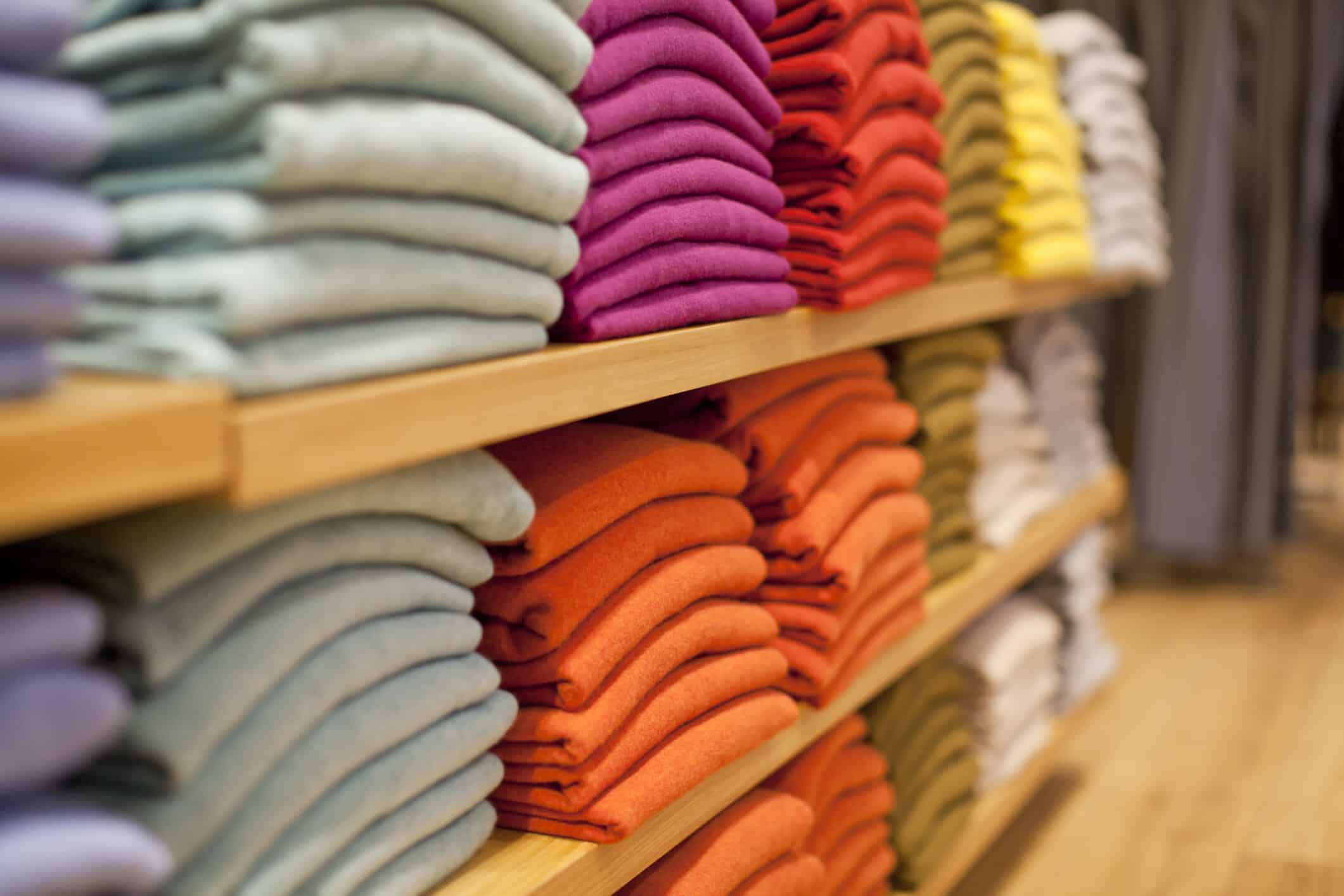The largest companies in the fashion business are getting (a bit) better at disclosing information about their human rights and environmental policies, practices and impacts a new study has found. But they’re still in F-grade territory with an average performance score of just 24 per cent, meaning that generally they are unfashionably late to the disclosure party.
The 2022 Fashion Transparency Index, produced by Fashion Revolution – the largest fashion activism organisation – assesses how open and honest the world’s biggest 250 fashion brands are about their operations.
It scores each company’s performance across 246 indicators in five categories. These include the company’s policies and commitments, governance, supply chain traceability and a variety of other areas in which fashion has a disproportionate impact, like water consumption.
While there are some limited grounds for optimism through a small uptick of one per cent in the average overall performance of these $400m+ mega corporations compared with last year, there are still 17 brands that have a score of zero.
Fashion Revolution are keen to emphasise that any lack of disclosure doesn’t necessarily mean bad practice, but you don’t have to be too much of a cynic to draw that conclusion. Zero points probably doesn’t mean they’re achieving Net Zero.
The top performing brands this year were OVS, KMart Australia and Target Australia, each scoring 78 per cent. While this is a strong performance, no company has broken the golden 80 per cent barrier, which would show real excellence.
What would a company achieving 80 per cent be doing?
No brands score above 80% but if they did these brands would be disclosing all of the information already described as well as publishing detailed information about supplier assessment and remediation findings for specific facilities. They would also be sharing detailed supplier lists for at least 95% of all suppliers from manufacturing right down to raw materials. These brands would be mapping social and environmental impacts into their financial business model and disclosing comprehensive data on their use of sustainable materials. They would provide the gender breakdown of job roles within their own operations and in the supply chain. We would be able to find detailed information about the company’s purchasing practices, the company’s approach and progress towards living wages for workers in their supply chain. These brands would be disclosing their carbon emissions, use of renewable energy and water footprint from their own operations and across their supply chains – right down to raw material level.
The area of best performance across the companies is in disclosure of their public policies and commitments. With an average score of 51 per cent, the best in class companies such as Puma (94 per cent), are fully disclosing their social and environmental policies reviewed in their own operations and suppliers, as well as generally disclosing how policies put into action and goals or targets on human rights and environmental impacts for the future.
Being un-transparent feels like a deliberate strategy to reinforce the status quo
However, at the other end of the spectrum, there is a widespread lack of transparency among the majority of major brands across a range of critically important and increasingly urgent issues such as: decent work, purchasing practices, living wages, unionisation, gender and racial equality, use of sustainable materials, waste and circularity, water and chemicals, climate change and deforestation. This year, Gucci is the highest scoring brand in this section with 69 per cent, up from 66 per cent last year.
Liv Simpliciano, Policy & Research Manager at Fashion Revolution comments: “It is frustrating to see brands’ continued lack of transparency on critical issues like their waste volumes, carbon and water footprints and workers being paid a living wage. When there is a lack of transparency on the issue itself, we cannot reasonably understand if what is being done is robust enough to drive the impact we so urgently need. Transparency empowers civil society and workers’ representatives and until brands publicly disclose all the information necessary to hold them accountable for their impacts, being un-transparent feels like a deliberate strategy to reinforce the status quo.”
The top performing companies in the 2022 Index are:
- OVS (78%)
- KMart Australia (78%)
- Target Australia (78%)
- H&M (66%)
- The North Face (66%)
- Timberland (66%)
- Vans (65%)
- United Colors of Benetton (63%)
- Gildan (62%)
- C&A (59%)
- Gucci (59%)
And who are the bottom of the class? The 17 brands who must do (a lot!) better – remember, they each scored zero per cent – are:
- Jil Sander
- Fashion Nova
- New Yorker
- Max Mara
- Semir
- Tom Ford
- Heilan Home
- Belle
- Big Bazaar – ffb
- Elie Tahari
- Justfab
- K-Way
- KOOVS
- Metersbonwe
- Mexx
- Splash
- Youngor
Other huge labels such as DKNY, Dolce & Gabbana, SHEIN, Longchamp and Pepe Jeans managed to pick up a measly score of just one per cent and many other household names are not scoring much higher.
Considering the size and impact of the fashion industry, the stubborn failure by most major companies to engage properly with transparency is surprising. As Fashion Revolution say: “Transparency is not to be confused with sustainability, but without transparency, achieving a sustainable, accountable and fair fashion industry will be impossible.”
Subscribe
Sign-up to receive our newsletter

